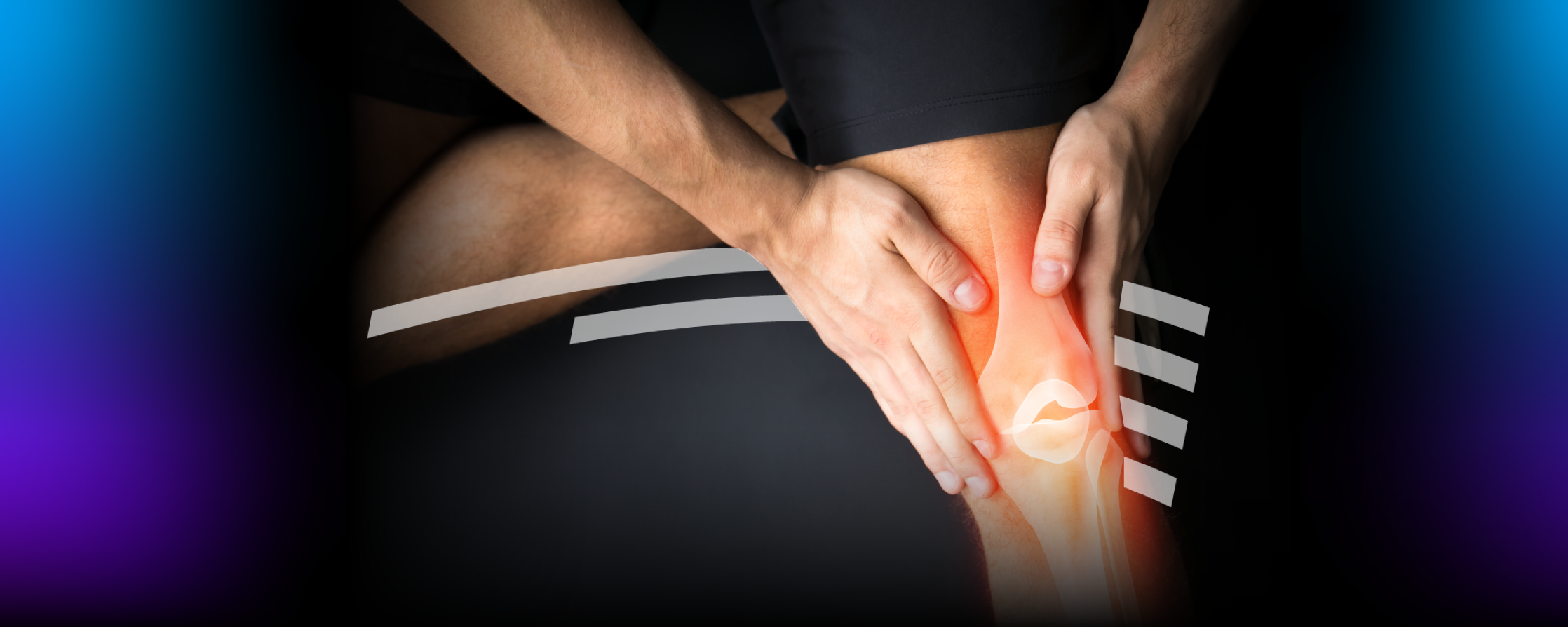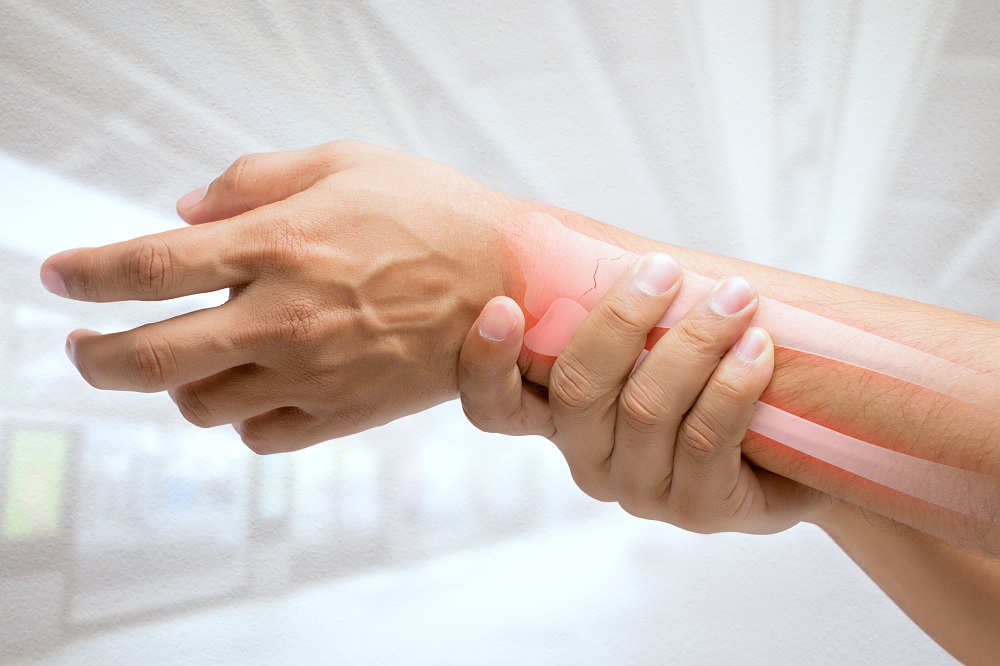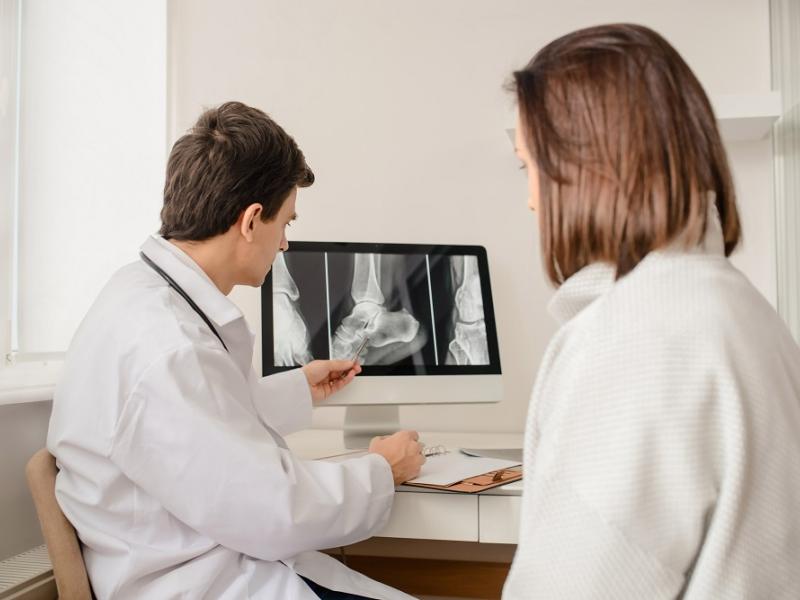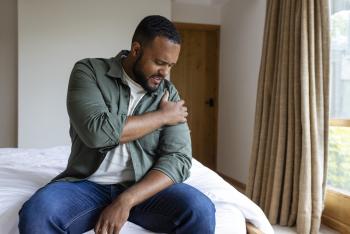Shoulder pain can result from injuries, arthritis or other conditions, and determining the right...
Read More
Broken bones, or fractures, are among the most common orthopedic injuries. There’s never a convenient time for a broken bone, but our orthopedic specialists are here to help you get back to your normal activities as quickly as possible.
Fractures can happen to any bone in the body but most commonly occur in the arms and legs. Many times, fractures happen because of sports-related injuries, car accidents, and falls. Low bone density and osteoporosis can put people at higher risk for fractures.
Symptoms of fractures vary depending on the type and location of the injury. Common symptoms include difficulty walking or putting weight on an injured arm, hand or wrist, numbness, swelling or bruising near the injured area, and difficulty moving the injured body part.
Most fractures can be diagnosed with X-ray imaging. In some cases, your health care provider may need to use magnetic resonance imaging (MRI) or computed tomography (CT) scan to take a closer look at the damage to your bones, cartilage and ligaments.

The treatment of fractures depends on their severity and location.

In some cases, fractures need to be immobilized to heal, which can be done through a splint, cast, brace or sling.

In other cases, surgery may be needed to realign and/or stabilize the broken bone. Severe breaks may result in the insertion of metal rods or plates/screws to hold the bone pieces together.
At Inspira, we want to get you back to normal life as quickly and safely as possible. Our experienced orthopedic specialists and surgeons can efficiently identify your fracture and take the next steps to help you properly heal. For fractures needing surgery, our providers are experienced in the most up-to-date technology and minimally invasive techniques to reduce complications, speed healing time and ease your pain.
In certain cases, bones can heal properly without a cast, but they can also heal improperly if not immobilized. It’s important to follow your health care provider’s guidelines when it comes to treatment—whether you’re advised to wear a cast or not.

Shoulder pain can result from injuries, arthritis or other conditions, and determining the right...
Read More
What happens when you injure yourself in a way that no surgeon in your area has ever seen, much less...
Read More
Exercise is vital to good health, but sports and other physical activities can cause injury. Here’s...
Read More